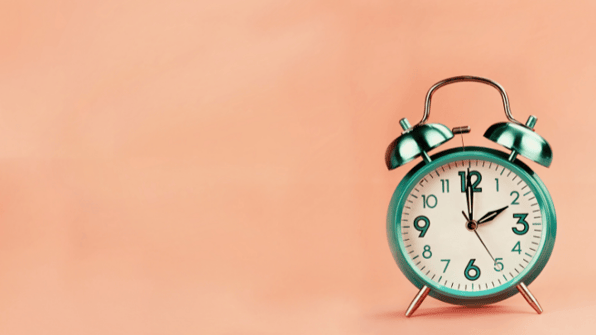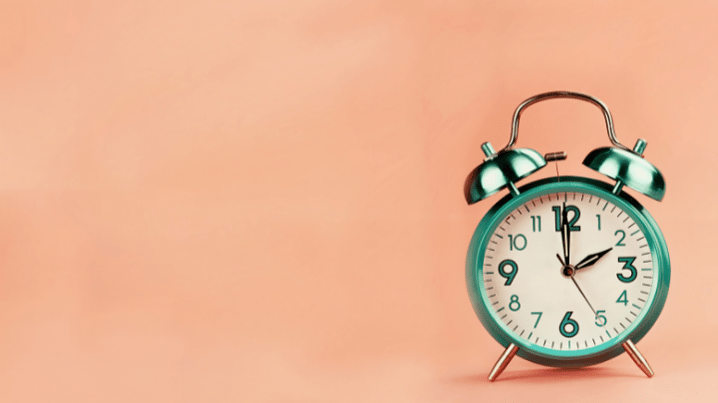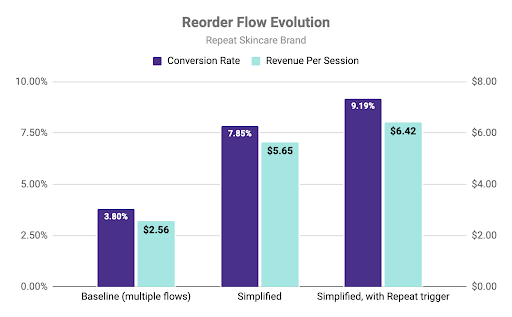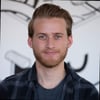Timing Is Everything: The Science of Reordering


A marketing professor once asked my class what’s the one thing we would ask for when starting up a hamburger stand. Some people asked for fancy buns, Kobe Beef, and other product-related ways to stand out. Once everyone was done that prof said he would ask for a starving crowd.
That lesson has always stuck with me. The timing of an offer can be everything, it's no different when asking someone to reorder.
Timing is always important with reordering but even more so for replenishments
Before we get too far along let's quickly define reordering. Reordering is the request to have something made, supplied, or served again. Said another way in the context of DTC/ecomm it’s the act of making a purchase after at least one previous purchase.
There are many different types of reordering behaviors, but for the purposes of this timing argument we are going to talk about one type of reordering specifically… replenishing. Replenishing is a reorder where the motivation is to get more because you are running out.
"You could be a trainer at your local gym and shower at your house three times a day, and maybe you're going through stuff every two or three weeks. Or you can be a consultant on the road for five days a week, and you're going through this stuff every two months. We don't want to miss the window on the former and we don't want to annoy the latter. We want to make sure that you're not showering or shampooing or washing with soap bubbles, trying to make the most of it or putting some water in the bottle and shaking it around a little bit pretending like there's stuff in there." - Matt Mullenax, co-founder and CEO of Huron
Timing is everything in this situation, so let's talk about how important timing is and how you can better time your replenishment offers.
Better timing leads to better conversion (140% better)
Like I said in the intro, the best time to offer something is when the customer is feeling the hurt of not having it. For CPG brands that's when they are running low and can imagine what not having the product would feel like: A dry face, no refreshing bubbly water in the fridge, no snacks for the next big game.
That's why lining up your post-purchase replenishment communication with your brands reorder intervals and even per SKU reorder intervals is so important. It times the offer with when the customer is most likely to accept. To illustrate this let’s use some post-purchase email improvements we recently worked on at Repeat with a brand in the skincare space.

Simply put what you are seeing above is what happens when your messaging is timed to when a product is likely to be running low:
- When the messages were sent based on “industry best practices,” this brand was seeing a conversion rate of 3.8%
- When we started to send the messages off of store-level reorder intervals via Repeat, that conversion rate jumped to 7.85%
- Finally, when the messages started to send based on per product level reorder intervals via Repeat the conversion rate took yet another jump to 9.19%
Changing the timing of the offer led to a 140% increase in conversion!
How should I time my messaging for the best results?
As a retention nerd I want to tell everyone to calculate the reorder interval for each product and have a specific flow for each product you offer. That way each reorder reminder is perfectly timed, but I realize that is a lot of work .
Timing your messages can be done on an OK, better, best scale.
OK: Make an educated guess based on typical consumption
If you are a newer brand, or don’t have a ton of historical sales data (you need way less than you think) making an educated guess gets you started. If you recommend a quarter size amount measure it and see how many of those are in a single container.
However, peoples' usage will always vary so one of my favorite ways to get an initial pulse on when reorder reminders should happen is to give some product away to people you know that aren’t close friends or family. Tell them to reach out to you when they are running low and you will give them another case/container for free. This will at least give you a few real consumption patterns instead of strictly the math of recommended usage.
BONUS: You can also ask for reviews for products that don't have any yet!
Random DTC Tip #1:
— Lillie 🪐 (@Lillie__Sun) July 6, 2022
Never (or really try not to) launch products with zero reviews!
Reach out to 10 VIP customers and get them products to try before launch, ask for reviews WITH PHOTOS.
Great for credibility and also a great way to reward VIP customers :)
Start with this strategy if you have nothing in place today and less than 1,000 total orders. Remember that this is just to get you started but far from optimal.
Better: Trigger all of your post-purchase flows based off of your store’s average reorder interval data
A step further than taking an educated guess is to calculate how many days a customer goes between purchases across all of your products. You can do this by calculating the purchase frequency for your brand and then using that to get your time between purchases.
This allows you to build post-purchase communication based on what happens across your brand, but it won’t capture variability between products. For example a deodorant and an eye serum will have drastically different reorder intervals.
This better tactic gets you closer to the ideal state and will provide fairly accurate timing for brands with smaller catalogs or a single product type. It’s far from the best you can do.
Best: Trigger each product’s post-purchase flows based on product level reorder intervals
The absolute best way to ensure your timing is spot on is to time your communication based on what each customer bought. That way they are getting notified to restock when specific products from their last purchase are running low.
The benefits are clear:
- Better timed communication
- Higher returning customer conversion
- Higher revenue per session
But… this is the most complicated to implement. There are tools you can use to make this much faster though.
First, you need to run the same equation as above for each product you offer. Once you know when someone is most likely to reorder per product you need to set up per-product order triggers inside of your ESP. This can work, but if you don’t have someone for ongoing maintenance this can quickly become a spiderweb of branching logic.
Instead, I biasedly recommend looking at Repeat. It will digest all of your order data from Shopify per product so that you can use that information to trigger communication with Klaviyo and/or SMS. With that insight, you can drastically simplify your post-purchase flows.
Doesn’t a subscription solve all my timing issues though?
I can’t talk about timing without talking specifically about subscriptions and whether they are the best way to time reorders. In my personal opinion, they are not.
If you ask your friends or even yourself why you end up canceling (or never starting a subscription) it's usually because the automatic timing is too rigid. You end up with a cupboard full of coffee (too frequent) or sitting on the toilet with no toilet paper (too infrequent). While the customer doesn't need to think about the timing (since it's automated) it doesn’t mean the timing is right.
It takes a few orders for a customer to evaluate whether the product is something they want ongoing, and even longer still to understand their consumption habits. Once someone knows the answer to both those questions, subscription is a great option for brand and customer alike. But why not offer both subscription and timely reorder reminders?
One last timing tip for reordering
Hopefully I’ve convinced you that when you choose to send an offer to reorder is as vital as timing when you ask for a review, UGC, or referral. But there is one more tactic that I love to recommend.
Create easy paths to buy again in places where you know existing customers go.
My two favorite examples of this is to offer reorder or subscription plan options on your order tracking page and inside of your campaign-based email tactics. With some conditional logic blocks you can add reorder banners to all of your campaigns (sales or content) that only display to existing customers with a previous purchase history.

The when and where of reordering
Measuring your reordering experience comes down to looking at conversion rates and average order value for those returning customers. Boosting those metrics comes from offering the right product in the right channel (the what), timing communication to line up with when someone is likely to reorder (the when), and sending those customers to the best spot to convert (the where).
This post is meant to cover why “the when” is so important to your retention strategy but the other two are equally important.
“The where” is our specialty at Repeat. We have built the easiest way for customers to buy again by providing a personalized cart for each customer that includes their previously purchased items, products due to reorder, as well as products we think they might also like. It's the conversion point for your returning customers.

Guest Author: Alex McEachern
Alex McEachern is Director of Marketing at Repeat, the buy again experience for CPG brands on Shopify. Alex is a former brand founder, obsessed with customer retention, and a bit of a Disney nerd.







